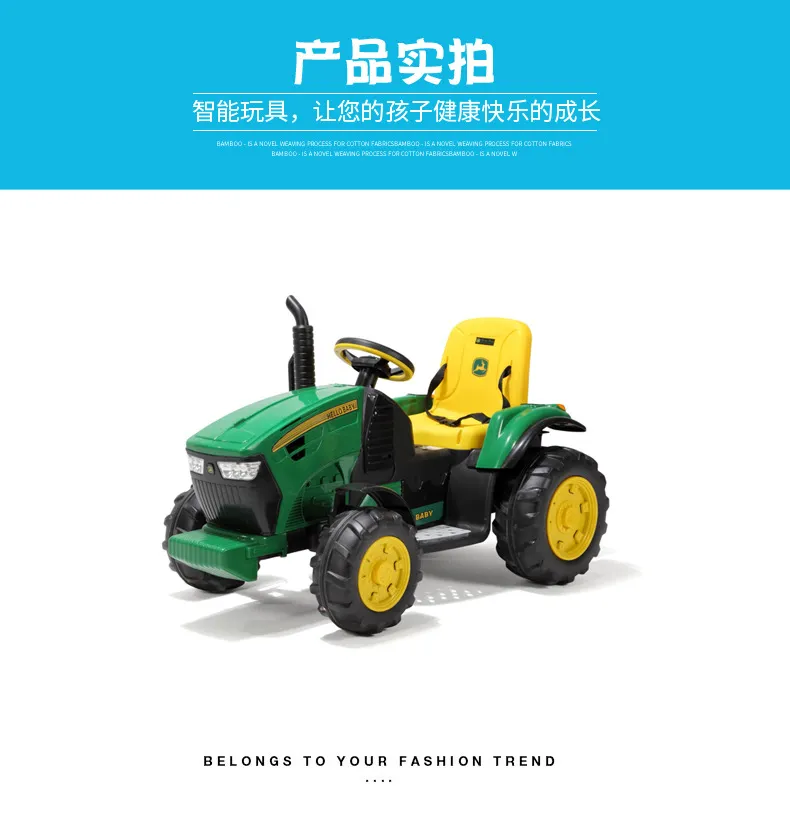
- Afrikaans
- Albanian
- Amharic
- Arabic
- Armenian
- Azerbaijani
- Basque
- Belarusian
- Bengali
- Bosnian
- Bulgarian
- Catalan
- Cebuano
- Corsican
- Croatian
- Czech
- Danish
- Dutch
- English
- Esperanto
- Estonian
- Finnish
- French
- Frisian
- Galician
- Georgian
- German
- Greek
- Gujarati
- Haitian Creole
- hausa
- hawaiian
- Hebrew
- Hindi
- Miao
- Hungarian
- Icelandic
- igbo
- Indonesian
- irish
- Italian
- Japanese
- Javanese
- Kannada
- kazakh
- Khmer
- Rwandese
- Korean
- Kurdish
- Kyrgyz
- Lao
- Latin
- Latvian
- Lithuanian
- Luxembourgish
- Macedonian
- Malgashi
- Malay
- Malayalam
- Maltese
- Maori
- Marathi
- Mongolian
- Myanmar
- Nepali
- Norwegian
- Norwegian
- Occitan
- Pashto
- Persian
- Polish
- Portuguese
- Punjabi
- Romanian
- Russian
- Samoan
- Scottish Gaelic
- Serbian
- Sesotho
- Shona
- Sindhi
- Sinhala
- Slovak
- Slovenian
- Somali
- Spanish
- Sundanese
- Swahili
- Swedish
- Tagalog
- Tajik
- Tamil
- Tatar
- Telugu
- Thai
- Turkish
- Turkmen
- Ukrainian
- Urdu
- Uighur
- Uzbek
- Vietnamese
- Welsh
- Bantu
- Yiddish
- Yoruba
- Zulu
Nov . 25, 2024 03:04 Back to list
how to set derailleur on mountain bike
How to Set the Derailleur on a Mountain Bike
Setting the derailleur on a mountain bike can seem like a daunting task, especially for those new to cycling or bike maintenance. However, with the right tools and a bit of patience, adjusting your derailleur can be done efficiently and effectively. Here, we’ll guide you through the steps to ensure smooth and accurate gear shifting on your mountain bike.
Understanding the Derailleur
The derailleur is a crucial component of your bike's drivetrain system. It is responsible for moving the chain between different gears on the cassette (the set of gears attached to the rear wheel) and the chainrings (the gears attached to the pedals). A well-adjusted derailleur ensures that your bike shifts smoothly, allowing for efficient pedaling and improved riding performance.
Tools You Will Need
Before you begin, gather the following tools 1. A Phillips screwdriver 2. A 5mm Allen wrench (for most derailleur adjustments) 3. Chain lubricant 4. A clean rag
Step 1 Inspect Your Drivetrain
Before making any adjustments, it’s essential to inspect your bike's drivetrain. Look for any signs of wear or damage, particularly on the chain, cassette, and derailleur. Make sure your chain is clean and lubricated, as dirt and grime can affect shifting performance. If any components seem damaged, consider replacing them before adjusting the derailleur.
Step 2 Set the Limit Screws
Limit screws prevent the derailleur from moving the chain too far, which can result in the chain dropping off the gears. Each derailleur has two limit screws, typically labeled ‘H’ (high) and ‘L’ (low)
how to set derailleur on mountain bike

- Adjusting the High Limit (H) This controls how far the derailleur moves when shifting to the smallest chainring (the highest gear). With the chain on the smallest chainring and the largest rear cog, adjust the H screw so that the derailleur is aligned with the smallest cog. Tightening the screw moves the derailleur inward; loosening it allows for more outward movement.
- Adjusting the Low Limit (L) This controls how far the derailleur shifts when moving to the largest chainring (the lowest gear). Shift to the largest chainring and the smallest rear cog. Adjust the L screw similarly to ensure the derailleur is correctly aligned with the largest cog.
Step 3 Adjust the B-Tension
The B-tension screw adjusts the distance between the derailleur’s jockey wheel and the cassette. Proper adjustment ensures smooth shifting and prevents the chain from rubbing against the derailleur. To adjust the B-tension - Shift to the largest chainring and the largest rear cog. - Turn the B-tension screw until there’s about 5-6mm of distance between the jockey wheel and the largest cog. Fine-tune this adjustment by observing the chain’s movement as you shift through the gears.
Step 4 Fine-Tune the Cable Tension
If your shifts are still not smooth after adjusting the limit and B-tension screws, you may need to adjust the cable tension - Shift to the middle gear combination (middle chainring and middle cog). - Use the adjustment barrel (usually found where the cable enters the derailleur) to increase or decrease tension. Turning the barrel counterclockwise increases tension, while clockwise decreases it.
Step 5 Test Shifting
Once you have made the necessary adjustments, it’s time to test your gearing - Shift through all gear combinations to ensure smooth transitions. Pay special attention to the transitions between the largest and smallest gears, both front and rear. - If a gear shift feels sluggish or slips, revisit the cable tension and make further adjustments as needed.
Conclusion
Setting the derailleur on a mountain bike may require some practice, but it’s a valuable skill that enhances your riding experience. By following these steps and being attentive to the details, you will achieve optimal shifting performance. Regular maintenance and adjustments will also prolong the life of your drivetrain components, helping you to enjoy your rides without the frustration of gear malfunctions. Happy cycling!
-
The Ultimate Kids' Four-Wheeler Experience
NewsJul.09,2025
-
The Ultimate Guide to Mountain Bikes: Gear Up for Your Ride
NewsJul.09,2025
-
The New Age of Cycling: Electric Bikes for Every Rider
NewsJul.09,2025
-
The Best Kids Bicycles: Ride in Style and Safety
NewsJul.09,2025
-
The Best 3-Wheel Scooters for Kids: Fun, Safety, and Adventure
NewsJul.09,2025
-
Revolutionize Your Ride: Affordable Electric Bikes
NewsJul.09,2025
-
Finding the Perfect Mountain Bike for Every Rider
NewsJul.09,2025



